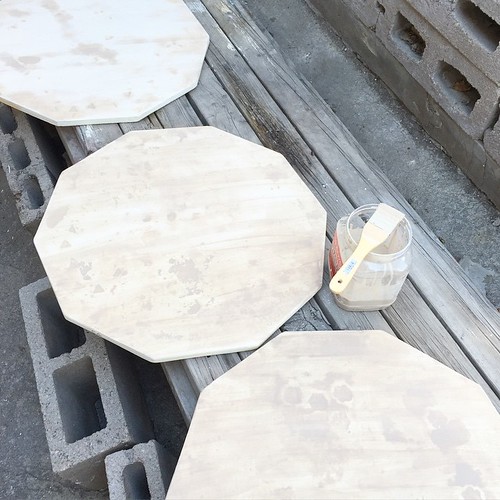
Kiln wash definition refers to a protective coating applied to the surface of kiln shelves, which prevents ceramic pieces from sticking during the firing process. This specialized coating is crucial for both professional and hobby potters, as it significantly prolongs the life of kiln shelves while ensuring that baked ceramics maintain their intended beauty and form. Understanding the application, maintenance, and removal of kiln wash is essential for achieving consistent results in ceramic artistry.
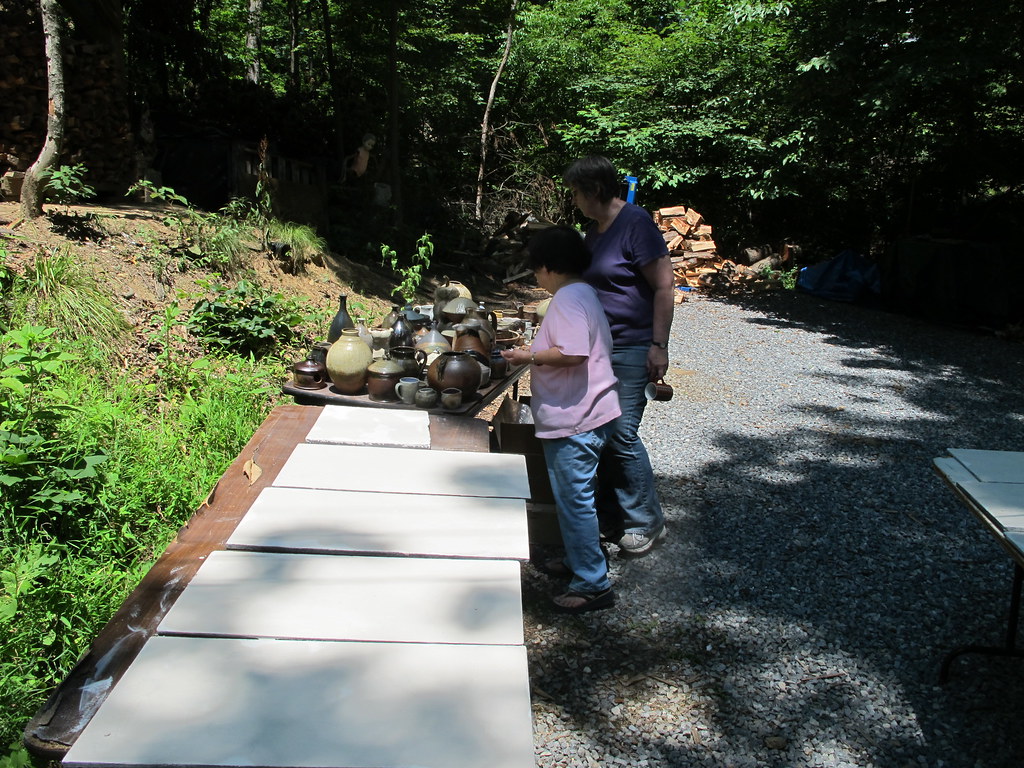
| Aspect of Kiln Wash | Description |
|---|---|
| Purpose | Protects kiln shelves by creating a barrier that prevents glaze drips from sticking. |
| Application | Brush or spray onto kiln shelves, typically in multiple thin coats for best results. |
| Maintenance | Inspect often for cracks or wear; reapply as needed to maintain effectiveness. |
| Removal | Scrape gently with tools and sand if necessary before reapplying a fresh coat. |
Why Use Kiln Wash?
Kiln wash is like an unsung hero in the pottery world. It acts as a protective shield between your precious ceramics and the kiln shelves. By doing so, it prevents any glaze drips from sticking and melding your artwork to the shelf. Imagine the frustration of crafting a perfect piece, only to have it damaged by the firing process. Kiln wash spares you from this heartbreak by creating a non-stick barrier. Whether you are a professional potter or a hobbyist, this protective coating ensures that your ceramic pieces emerge from the kiln in the beautiful form you intended.
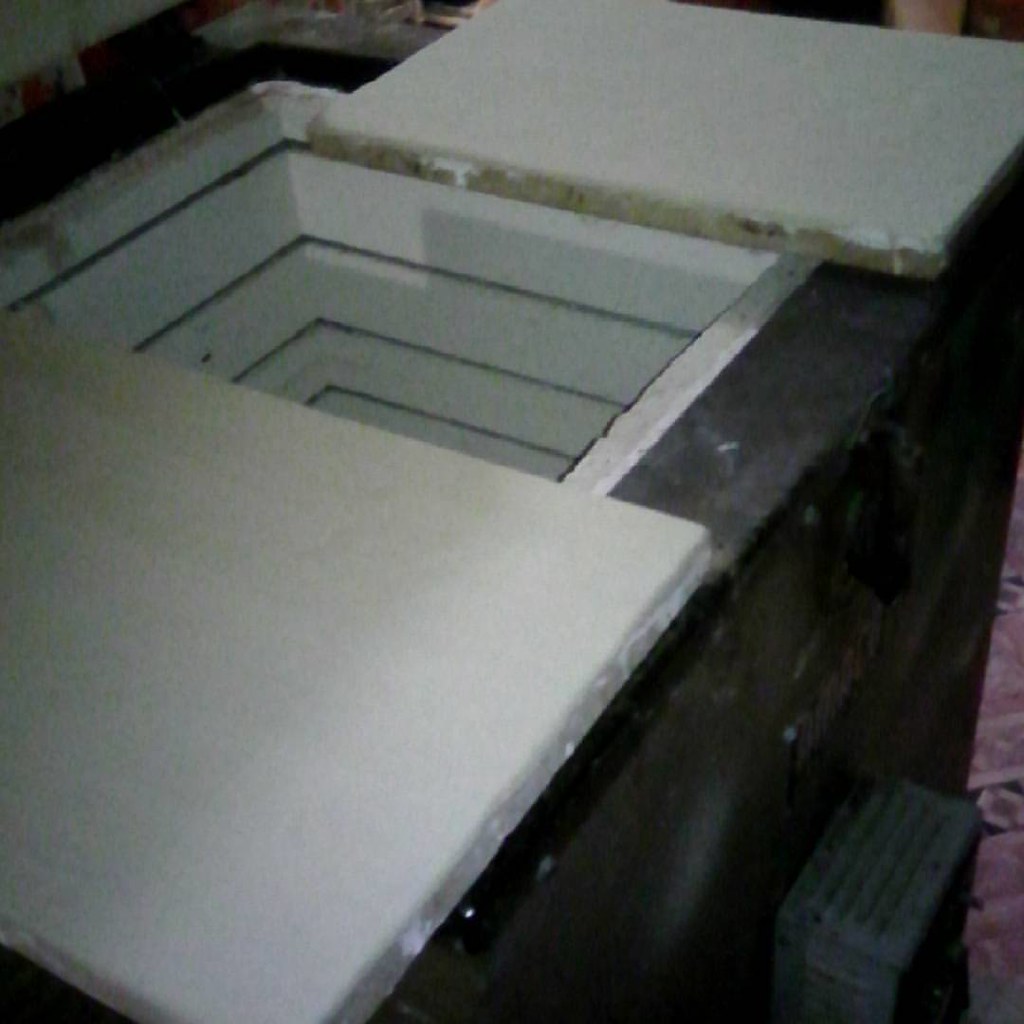
How to Apply Kiln Wash
Applying kiln wash might sound simple, but there are techniques to maximize its effectiveness. The most common application methods are using a brush or a spray. Here’s a step-by-step guide:
- Ensure the kiln shelf is clean and free of debris.
- Mix the kiln wash according to the manufacturer’s instructions, ensuring consistency similar to heavy cream.
- Using a broad, soft-bristle brush, apply the wash in thin, even layers. Avoid thick applications as they may lead to cracking or flaking under heat.
- Allow each layer to dry completely before applying the next. Typically, two to three coats are sufficient.
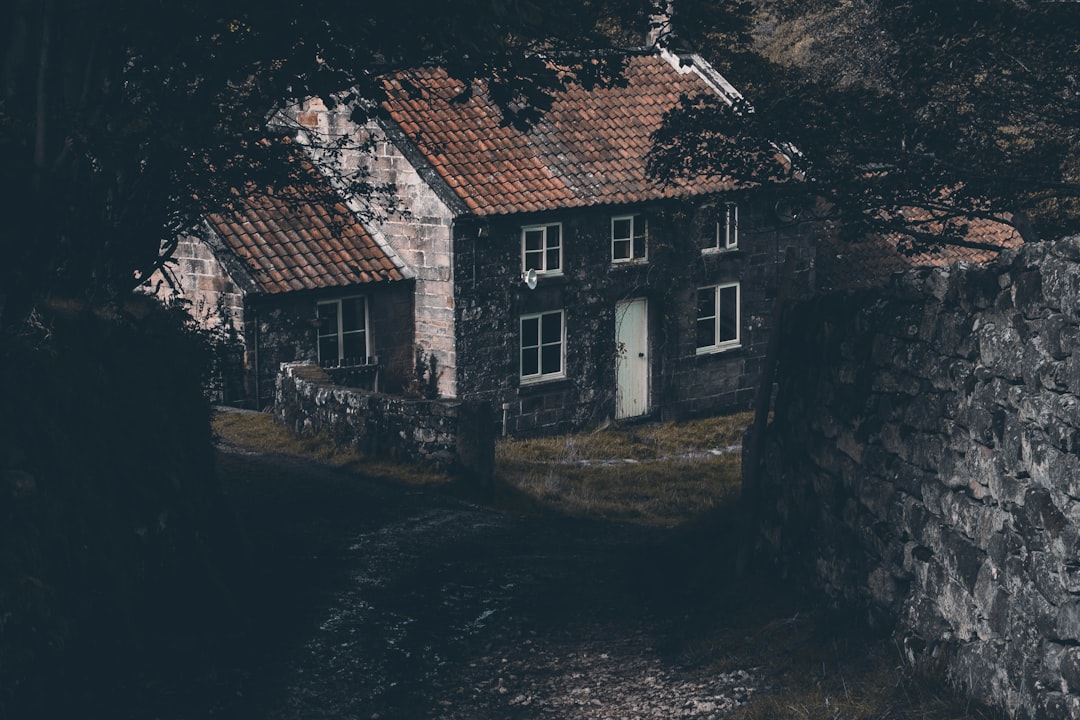
Remember, patience during application leads to the best protection during firing.
Maintaining Kiln Wash Coatings
Frequent kiln use can wear down the protective coating, so regular maintenance checks are crucial. Inspect your kiln shelves often for signs of wear, cracks, or any areas where the wash might have flaked off. Keeping a maintenance routine helps in two main ways:
- Ensures the integrity of the kiln wash, maintaining the non-stick functionality.
- Prolongs the lifespan of your kiln shelves, saving you time and money in the long run.
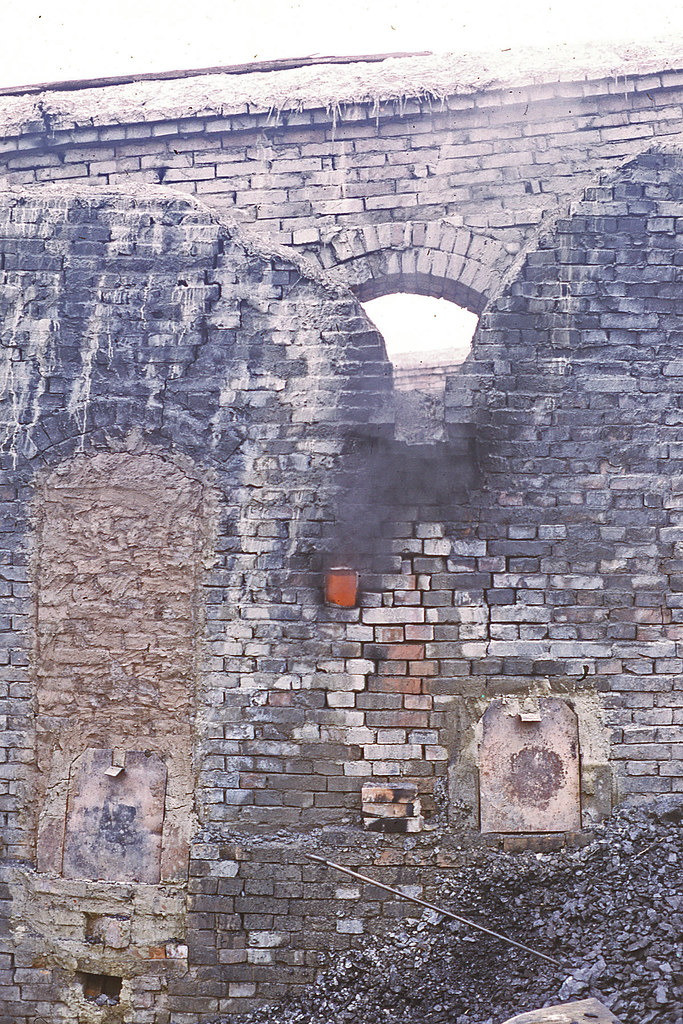
Reapplying kiln wash when necessary ensures that each firing session goes off without a hitch.
Removing Old Kiln Wash
Occasionally, you’ll need to remove old kiln wash before reapplication. This might sound daunting, but with the right tools and techniques, it’s a manageable task. First, gently scrape the old coating with a flat-edged tool, being careful not to damage the shelf itself. If residue remains, a light sanding with fine-grit sandpaper can smooth out the surface, prepping it for a fresh coat. It’s a bit of elbow grease, but this ensures that your new kiln wash adheres properly and functions effectively.
For a comprehensive understanding of ceramics, you might find the Ceramics Glossary of Terms – Cerritos College to be a valuable resource.
Are you ready to share your own tips or experiences with kiln wash? Or perhaps you have a unique application method that works wonders for you? Drop a comment below or join the conversation with fellow ceramic enthusiasts! To stay updated on our most recent articles and content, feel free to explore further.
Using Kiln Wash
To gain a better understanding of how to apply kiln wash effectively, check out the “Using Kiln Wash” video by Cool Tools Videos. Keeping your kiln shelf clean with kiln wash ensures your ceramic creations fire properly and prevents glazing materials from sticking during the firing process.
Applying kiln wash correctly can make all the difference in achieving flawless ceramic pieces. By preventing your creations from sticking to the kiln shelves, kiln wash not only safeguards your work but also extends the life of your equipment. Whether you’re a seasoned potter or just starting out, understanding and using kiln wash effectively is a key step in your crafting journey.
Stay Connected
I hope this guide has clarified what kiln wash is and how it can benefit your pottery projects. For more tips, tricks, and creative inspiration, feel free to connect with our community on Instagram. Let's keep the creative conversations going!
